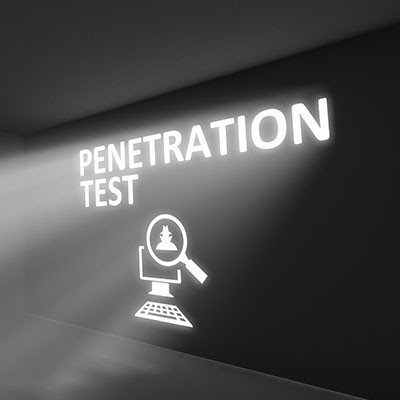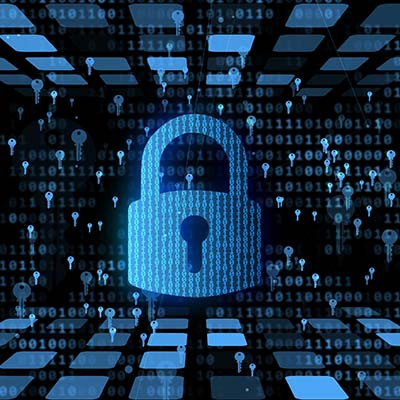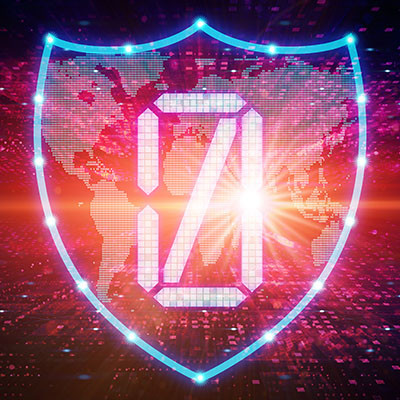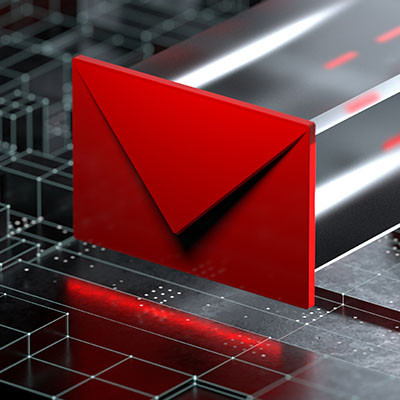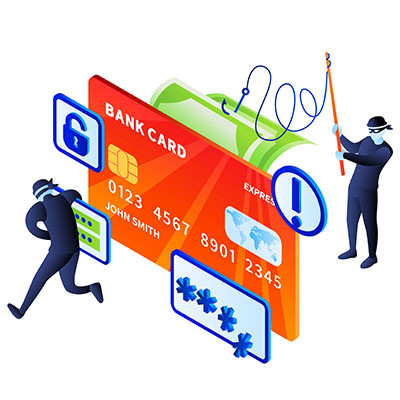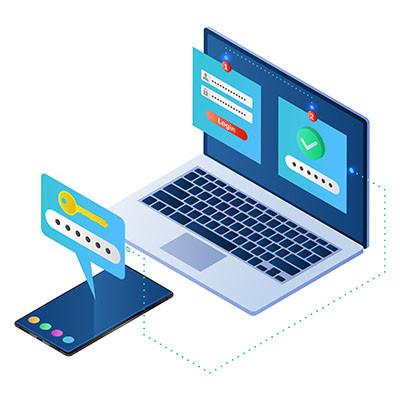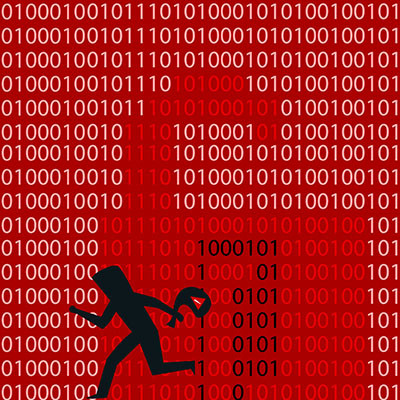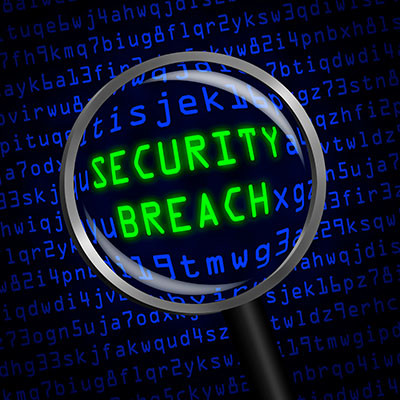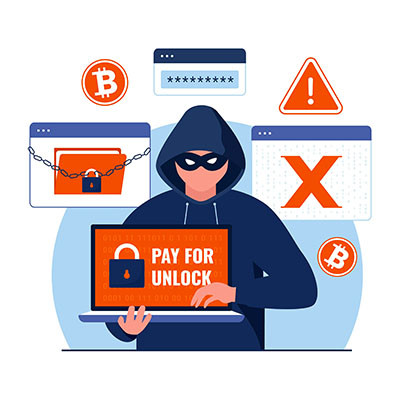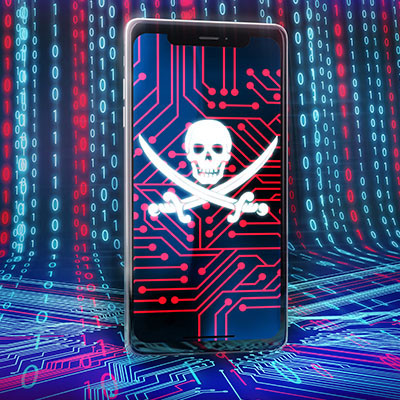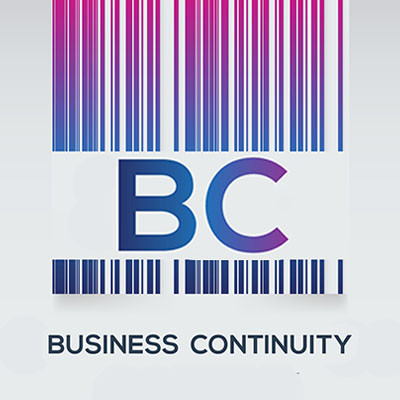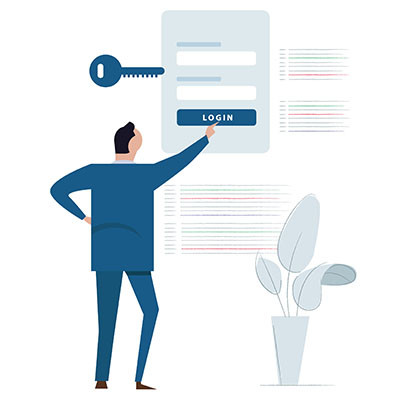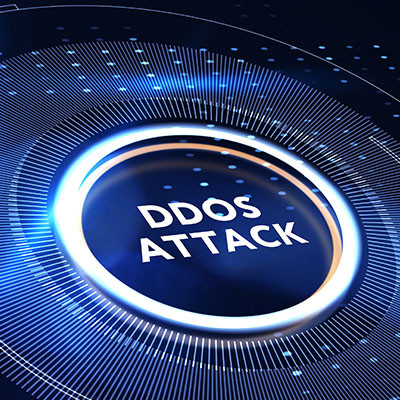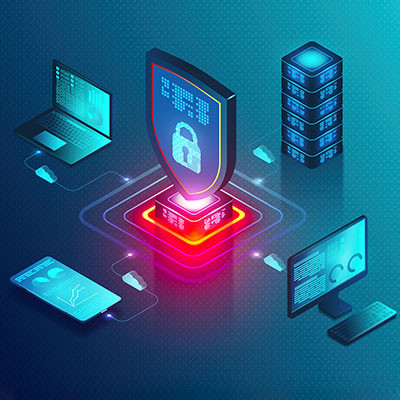If you become the victim of a hacking attack today, how would the hackers go about it? Would they try to find vulnerabilities in your network and infrastructure? You need to do what you can to answer the questions surrounding the strength of your existing network and infrastructure so you don’t have to deal with potential hacks. This month, we will talk about one really great way to find out where your security is light: by getting a penetration test completed on your business’ IT.
Argentum IT LLC Blog
We aren’t going to try and pretend that the investments necessary to preserve your business’ data security are small ones. Especially at first glance, you may very well start to question if such an investment is truly necessary.
The simple fact of the matter is that, compared to the costs that a breach of privacy will incur, the investment you put into your security measures will suddenly seem like a real bargain.
With countless threats out there waiting for IT professionals to slip up, it’s no small wonder that many of these professionals are opting into what is called a zero-trust policy for their security standards. So, what exactly is a zero-trust policy, and more importantly, how is it so effective at mitigating security problems in organizational computing?
When it comes to your business’ cybersecurity, it can be too tempting to operate under the assumption that the few cybersecurity events you hear about on the news are all that happen. Unfortunately, this is far from actual fact. Let’s review some of the statistics that might change your impressions, especially if you hold the aforementioned assumption.
Sometimes the worst scams out there are the simplest ones. Hackers don’t need a fancy or complicated malware or algorithm to create chaos for your organization; all they have to do is convince you that the email you’ve received in your inbox is from someone of authority within your business. Let’s go over how a business email compromise is pulled off and why you need to be wary of threats like these.
No matter how well you protect your network, chances are you’ll suffer from some vulnerability or another. That said, you can take considerable measures toward protecting your business so you don’t have to worry so much about them. Let’s discuss how your efforts today can protect your business now and in the future.
Due to the almost faceless nature of many cybercrime acts, it can be easy to see them as nothing more than the acts themselves, which is of course not true in the slightest. Behind these attacks are people, and where people performing illegal acts are concerned, there will always be concerns about other criminal acts which perpetuate the ones at the surface.
Even if mobile malware doesn’t have nearly as much of a presence in the cyber threat landscape as other major threats like ransomware variants, it is still just as dangerous under the right circumstances. An Android banking malware called Sova, for example, has returned with a vengeance with additional features to make users’ lives miserable.
Imagine this scenario: you’re going about your daily tasks when you receive an email from a cybersecurity company claiming that you have become the target of a hacking attack. Now, you don’t work in IT, so you’re not sure what your security agency is or what security policies or procedures you have in place, so you trust the message and respond to the email. Unfortunately, the message came from a cyberthreat, and now you are on their hook, line and sinker.
Mobile devices have become a key part of our daily lives, to the point that many of us openly feel undressed without our phones. As a result, our phones go everywhere with us. However, it’s important to remember that some applications have requested access to our location information. Do all of these apps need to know precisely where we are?
User authentication is a critical security feature for a business, specifically because it helps to minimize a significant threat to your business. This is why we’re so adamant that you should require multi-factor authentication wherever it is available… but is a better way to authenticate your users on the horizon?
Okay, let’s say you’ve been infected by a ransomware attack, and (against our advice) you’ve elected to pay the ransom. That’s the biggest cost that comes with it, right?
Unfortunately, wrong. A ransomware attack comes with a lot more financial impact than just the payment the attacker demands. Let’s go over some of these other costs that can actually outpace that of the ransom.
There is always the possibility that you have been involved with a data breach and you simply have not been contacted by the affected party. Plus, if a hacker has managed to crack a website or service without being detected, you wouldn’t be notified in any case, either. Ask yourself this question: if I were to be involved with a data breach, how would I know it, and what can I do about it? And what is my data being used for anyway?
Let’s begin by making one thing abundantly clear—all businesses and industries could potentially be targeted by ransomware, regardless of their size or target audience. However, as of late, some industries have been targeted more and more. Let’s examine some of the commonly targeted industries that ransomware is frequently waged against.
Your business is your livelihood, so it only makes sense to invest in its protections so that your livelihood is secure. This will require a strategic approach. Let’s go over what your business needs to remain sufficiently secure, and what you should look for from each to get the best, most secure option.
Let’s get right to brass tacks. Your business is likely vulnerable to cybersecurity attacks. There are a whole lot of things you should be doing to protect your organization, but this one task is something you can do right now to save your business a lot of stress if something were to take down your network and cause a major disruption.
Have you ever wondered how some platforms will only have you log in once for all of your various needs, even though they might be different applications, websites, or services? This is essentially what single sign-on is, and it’s quite common in the technology world today. What is single sign-on exactly, and what kind of security does it actually provide for organizations that use it?

